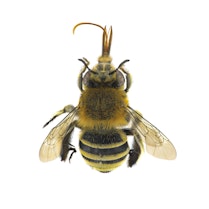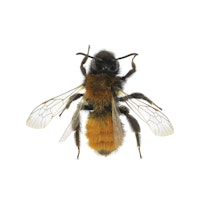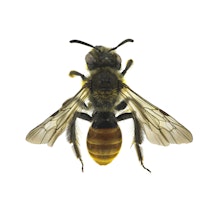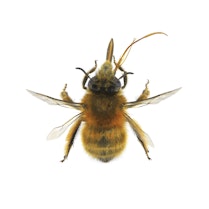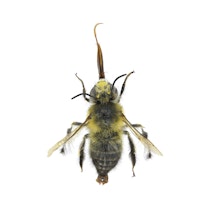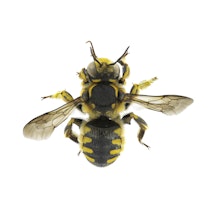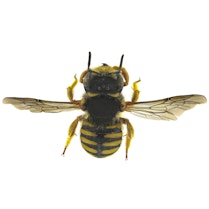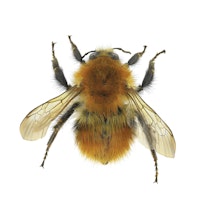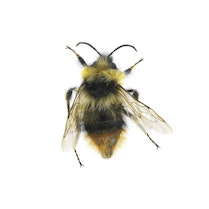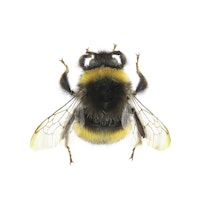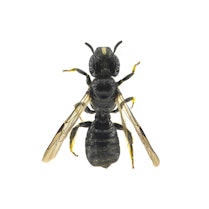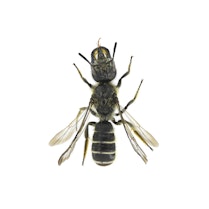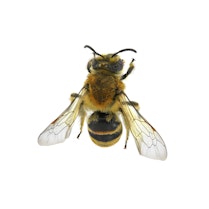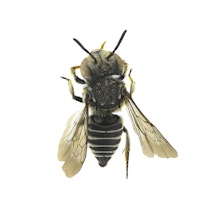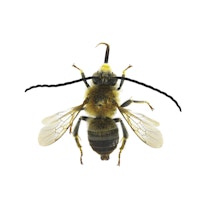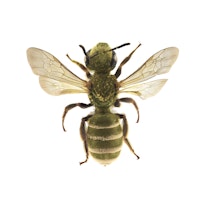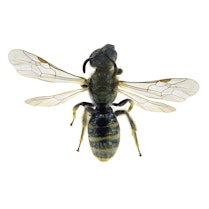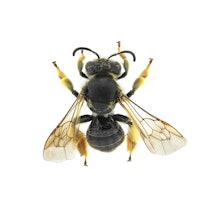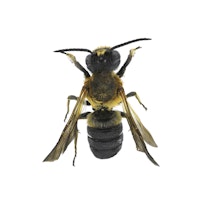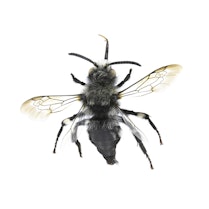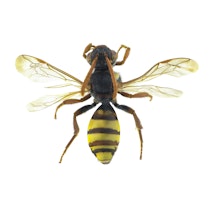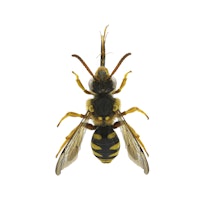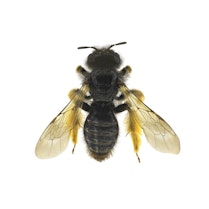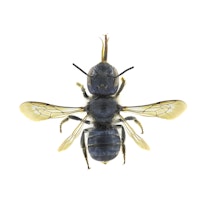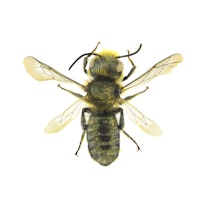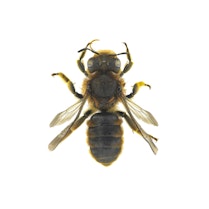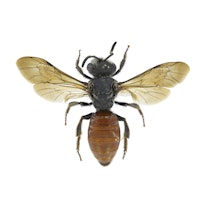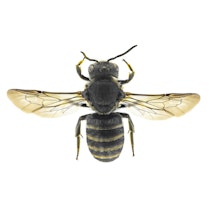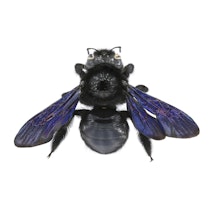BEEhold
South Tyrol’s wild bees: biodiversity on display
When we think of a bee, the image that comes to mind is that of the honeybee: an insect flying from flower to flower, collecting pollen for its colony, with a body covered in hair and marked by black and yellow stripes. However, there are hundreds of bee species, many of which differ greatly from the one we are most familiar with. In South Tyrol alone, around five hundred species exist, each distinct in appearance, ecology, and behavior.
The BEEhold project celebrates the diversity and importance of South Tyrol’s wild bees with thirty photographs. After being displayed in shop windows in Bolzano’s city center in spring 2025, the exhibition is now touring South Tyrol. Click on the photos or scan the QR code on the exhibition panels to learn more about the biology and conservation status of each wild bee!
The research
The Institute for Alpine Environment at Eurac Research is conducting a study on South Tyrol’s wild bees, funded by the Fondazione Cassa di Risparmio of Bolzano. The aim of the research is to understand the impact of human activities on wild bee communities. Researchers are conducting wild bee surveys, which require capturing a limited number of specimens. This collection serves as a valuable tool for analyzing biodiversity and its changes over time. Specifically, the study seeks to determine how land use—such as grazing, mowing, and fertilization—affects the plants that wild bees rely on.
View MoreInstitute for Alpine Environment
The Institute for Alpine Environment at Eurac Research studies how biodiversity, functions, and ecosystem services in mountain areas change and adapt to human activity and the global changes it causes. The institute coordinates a permanent biodiversity monitoring system in South Tyrol, in collaboration with the Museum of Nature and the Autonomous Province of Bolzano. The project involves sampling terrestrial and aquatic ecosystems at 440 sites, including 120 aquatic and 320 terrestrial.
View More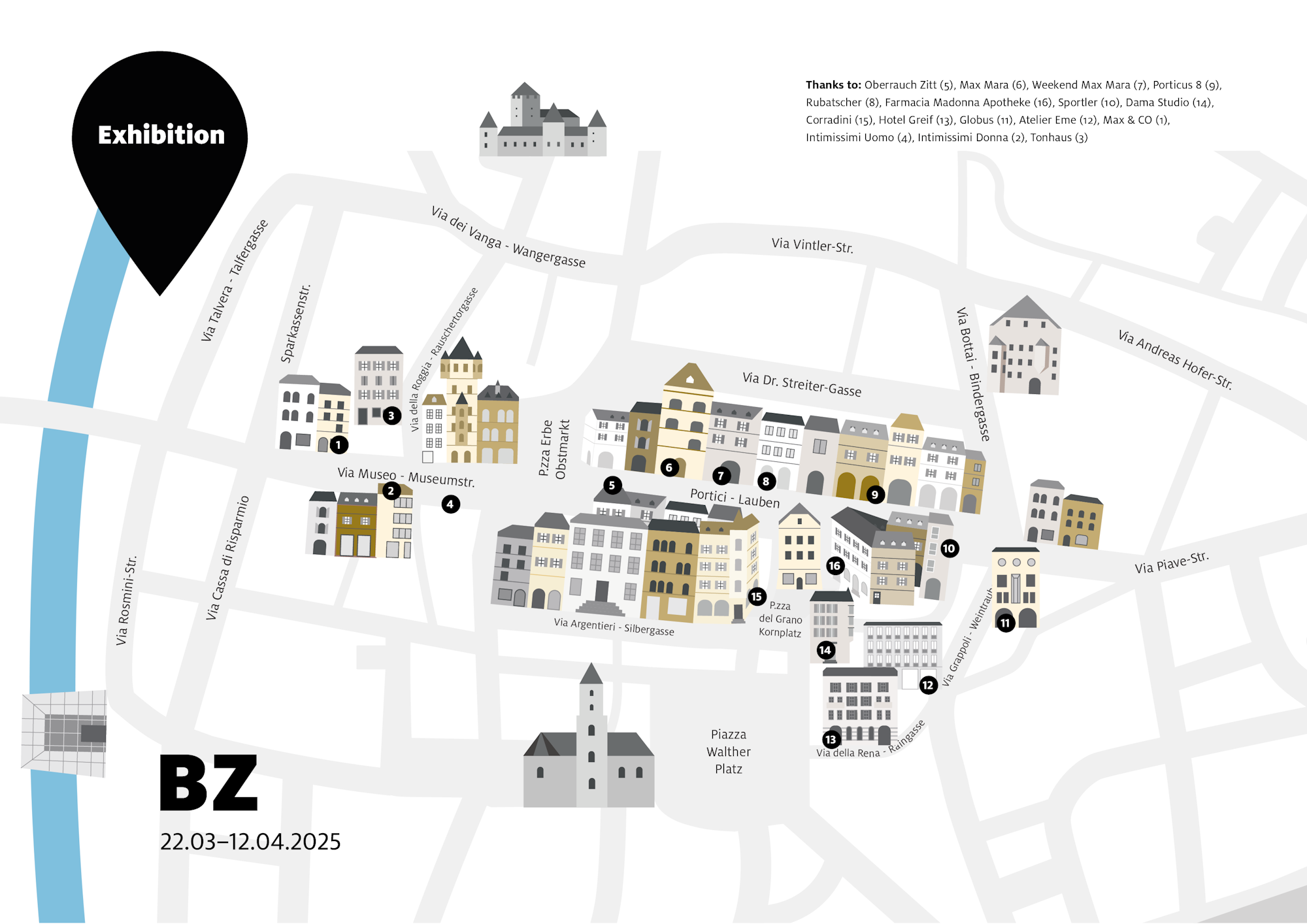
Thanks to

